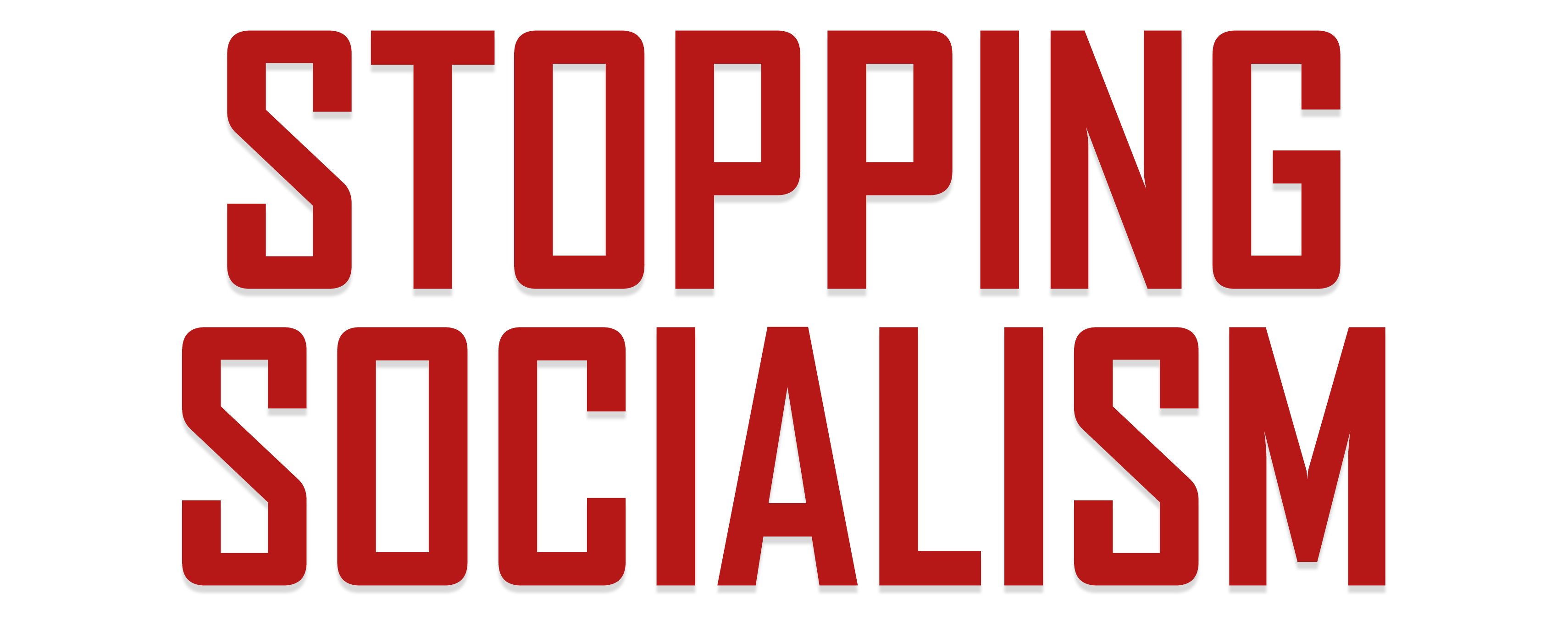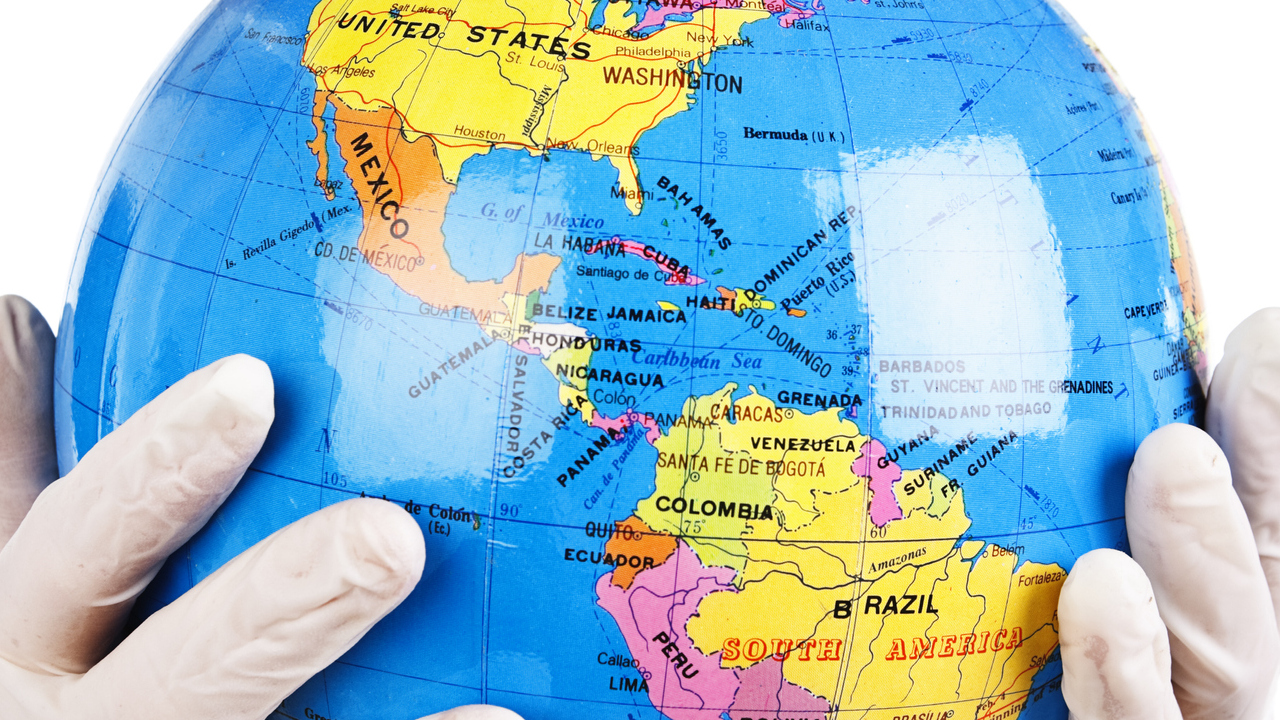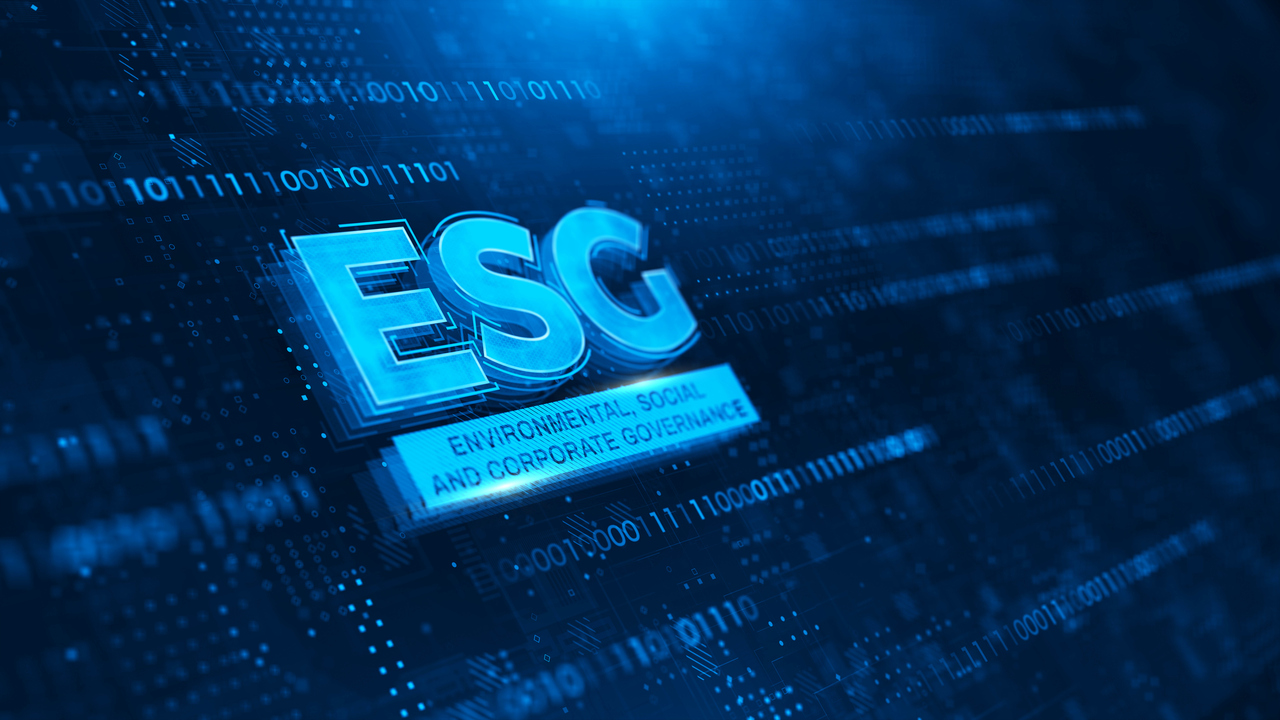This article has been lightly edited from the original, authored by Simon Elmer at Off-Guardian.com
The World Health Organization (WHO) s the One Ring to Rule them All, and its written goal, inscribed in fiery letters along both sides of its band, is the Pandemic Prevention, Preparedness and Response Treaty. Fashioned by the Dark Lord of the Twenty-first Century, the United States of America, in its own iteration of Mount Doom, it only appears to yield US sovereignty to an external organisation.
In reality and practice, as this article will show, the Treaty will give Washington increased power over the G20 nations — the holders of the other ‘rings’ — and through them the rest of the Western World: not only its people but also its animals, its eco-systems, its resources. This, and not the health of the globe, is its dark purpose.
THE CIVIL WAR
The World Health Organization, which since January 2020 has received $782 million in grants from the Bill & Melinda Gates Foundation, is a corporate-funded and lobbied agency of the United Nations without legal jurisdiction over the populations of its 194 member states — to which it acts, at least in principle, in an advisory role.
But that’s going to change soon.
On 3 March 2022, as lockdown regulations were revoked across Europe and NATO declared its proxy war on Russia, the European Council adopted a decision to authorise the opening of negotiations for an international Treaty on Pandemic Prevention, Preparedness and Response. Under the terms of this Treaty, the member-states of the World Health Organization will be legally bound to implement restrictions on human rights and freedoms — such as further lockdowns, mandatory face masking, compulsory gene therapy, a system of digital identity and programmes of surveillance and censorship — all on the judgement of the WHO.
The basis of this agreement is Article 19 of the Constitution of the World Health Organization, which states that the General Assembly of the WHO can adopt agreements that, if passed by a two-thirds majority, are binding on all member states. Under these agreements, nation states, including the UK and the 193 other members of the WHO, will in principle concede their sovereignty to decide which restrictions the elected executive and legislature of those nations will impose on their populations.
Crucially, once written into a legally-binding treaty, the efficacy or logic of these so-called ‘measures’ — none of which have been used before as responses to viral pandemics, all of which have been shown to be ineffective and many times more dangerous than the virus — will no longer be open to debate. Instead, the WHO will effectively become a global form of the UK’s Scientific Advisory Group for Emergencies, a corporate technocracy to which the governments of nation states can defer when they choose to, and which serves to depict undemocratic forms of governance as technical responses to new crises.
Like the World Economic Forum with which it entered into partnership on 11 March 2020 — the same day the World Health Organization declared the ‘pandemic’ — this unelected and unaccountable international technocracy is the new paradigm of governance to have emerged from under the cloak of the manufactured coronavirus ‘crisis’, and its globalist intentions become more apparent every day.
Behind the facade of democracy represented by our national governments, there is the rule of an increasingly authoritarian international technocracy, of which the United Nations and the European Commission are the models inherited from the past, and the World Health Organization and the World Economic Forum are those of the present.
The UK Government and Parliament is ready to sign up to the World Health Organization’s resolution on Pandemic Prevention, Preparedness and Response, for which more than 70 member-states, including the European Union and the UK, have advocated a strong and legally-binding international Treaty. It appears that, when it serves to expand and increase its power over the national population, the UK Government that was elected to an 80-seat majority on the back of the Brexit referendum is more than willing to cede UK sovereignty to global and technocratic forms of governance intent on reducing us to a neo-feudal form of capitalism.
In practice, however, rather than relieving nation-states of their sovereignty, this Treaty will allow national governments to justify and excuse the devastating consequences of lockdown restrictions, masking mandates, gene therapies and other biosecurity programmes as the technical decisions of an international health technocracy to which it is obligated by international law. When it is adopted, therefore, the Pandemic Prevention, Preparedness and Response Treaty will depoliticise and remove from either parliamentary or juridical contestation our governance by the Global Biosecurity State.
Behind its woke principles of inclusivity and a paternal state, ‘No one is safe until everyone is safe’ — the slogan that first entered public discourse in February 2021 and was quickly adopted by the G7, the United Nations, the World Health Organization, the European Union, GAVI and an ever-increasing number of Western governments, including the UK, Germany, France, Spain, Portugal, the Netherlands, Norway, Greece, Serbia, the Ukraine and the USA — is as perfect an expression of the totalitarian aspirations of the Global Biosecurity State as ‘Ein Volk, ein Reich, ein Führer’ was of the Third Reich.
The adoption of this Treaty by every Western government, without a referendum, parliamentary vote, public debate or mention in the media, demonstrates that the facade of democracy these government struggled to maintain over two years of lockdown and ‘vaccine’ mandates has now been torn down, and we are now at war. And like every war waged by the West since 1945, it was started by the USA. What makes this one different and new is that it is being waged not only against nations not yet brought within the West’s axis of evil — Russia, China, Iran, etc. — but primarily against the civilian populations of the West itself. It is, therefore, as the text of the Treaty makes clear, a civil war, waged by governments against their own people.
The weapons of this war — for which the West’s proxy-war in the Ukraine is the continuation and justification — aren’t tanks and long-range missiles but Digital Identity, Central Bank Digital Currency and Gene Therapy. Its alliances are Agenda 2030 and the Pandemic Prevention, Preparedness and Response Treaty. Its campaigns are lockdowns and 15-minute cities. It’s battle-cries are ‘sustainability’, ‘inclusivity’ and ‘biosecurity’. And its peace terms, as we will see, are the complete surrender of the rights and freedoms of the populations of the West to the programmes of our enslavement. Don’t believe me? Then read on!
OBLIGATIONS OF THE TREATY
Under the World Health Organization’s Pandemic Prevention, Preparedness and Response Treaty, the first draft of which was published on 1 February, 194 countries will allocate 5 per cent of their health budgets and an as-yet-unspecified percentage of their Gross Domestic Product to implementing its Articles.
This will in effect, give the WHO control over a bigger budget than that of the US Department of Defence, and to similar ends. Here are some extracts from the draft of the Articles to which Parties to the Treaty will be legally bound (extracts are indented, italics are mine).
Article 4. Human Rights
II. The right to health — The enjoyment of the highest attainable standard of health, defined as a state of complete physical, mental and social well-being, is one of the fundamental rights of every human being without distinction of age, race, religion, political belief, economic or social condition.
III. Sovereignty — States have, in accordance with the Charter of the United Nations and the principles of international law, the sovereign right to determine and manage their approach to public health, notably pandemic prevention, preparedness, response and recovery of health systems, pursuant to their own policies and legislation, provided that activities within their jurisdiction or control do not cause damage to their peoples and other countries.
Article 5. Scope
The WHO CA+ [convention, agreement or other international instrument on pandemic prevention, preparedness and response] applies to pandemic prevention, preparedness, response and health systems recovery at national, regional and international levels.
Article 7. Access to technology
III. During inter-pandemic times, all Parties shall:
- (a) coordinate, collaborate, facilitate and incentivize manufacturers of pandemic- related products to transfer relevant technology and know-how to capable manufacturers . . . including through product development partnerships.
- (c) encourage entities, including manufacturers within their respective jurisdictions, that conduct research and development of pre-pandemic and pandemic-related products, in particular those that receive significant public funding for that purpose.
Article 8. Regulatory strengthening
II. Each Party shall build and strengthen its regulatory capacities and performance for timely approval of pandemic-related products and, in the event of a pandemic, accelerate the process of approving and licensing pandemic-related products for emergency use.
Article 9. Increasing research and development
V. The Parties shall establish, no later than XX (sic), with reference to existing models, a global compensation mechanism for injuries resulting from pandemic vaccines (sic).
Article 10. WHO Pathogen Access and Benefit-Sharing System
Fair and equitable benefit-sharing
- (h) Such options shall include, but not be limited to: (i) real-time access by WHO to 20% of the production of safe, efficacious and effective pandemic-related products, including diagnostics, vaccines (sic), personal protective equipment and therapeutics, to enable equitable distribution, in particular to developing countries, according to public health risk and need and national plans that identify priority populations. The pandemic-related products shall be provided to WHO on the following basis: 10% as a donation and 10% at affordable prices to WHO; (ii) commitments by the countries where manufacturing facilities are located that they will facilitate the shipment to WHO of these pandemic-related products by the manufacturers within their jurisdiction, according to schedules to be agreed between WHO and manufacturers.
Article 11. Strengthening and sustaining preparedness
IV. Each Party shall, in accordance with international law, adopt policies and strategies, supported by implementation plans, across the public and private sectors and relevant agencies[…]and strengthen and reinforce public health functions for:
- (c) surveillance
- (h) creating and maintaining up-to-date, universal platforms and technologies for forecasting and timely information sharing, through appropriate capacities, including building digital health and data science capacities.
Article 14. Protection of human rights
II. Towards this end, each Party shall:
- (a) incorporate into its laws and policies human rights protections during public health emergencies, including, but not limited to, requirements that any limitations on human rights are aligned with international law, including by ensuring that: (i) any restrictions are […] necessary to achieve the public health goal and the least restrictive necessary to protect the health of people.
Article 15. Global coordination, collaboration and cooperation
I. The Parties recognize the need to coordinate, collaborate and cooperate […] with competent international and regional intergovernmental organizations.
II. Recognizing the central role of WHO as the directing and coordinating authority on international health work […] the WHO Director-General shall, in accordance with terms set out herein, declare pandemics.
Article 17. Strengthening pandemic and public health literacy
I. The Parties commit to increase science, public health and pandemic literacy in the population […] and tackle false, misleading misinformation and disinformation. In that regard, each Party is encouraged to:
- (b) conduct regular social listening and analysis to identify the prevalence and profiles of misinformation, which contribute to design communications and messaging strategies for the public to counteract misinformation, disinformation and false news, thereby strengthening public trust.
II. The Parties will contribute to research and inform policies on factors that hinder adherence to public health and social measures, confidence and uptake of vaccines (sic), use of appropriate therapeutics and trust in science and government institutions.
Article 18. One Health
III. The Parties will identify and integrate into relevant pandemic prevention and preparedness plans interventions […] including but not limited to climate change, land use change.
VI. The Parties commit to strengthen multisectoral, coordinated, interoperable and integrated One Health surveillance systems.
Article 19. Sustainable and predictable financing
I. The Parties:
- (c) commit to . . . allocating in its annual budgets not lower than 5% of its current health expenditure to pandemic prevention, preparedness, response and health systems recovery;
- (d) commit to allocate, in accordance with its respective capacities, XX% (sic) of its gross domestic product for international cooperation and assistance on pandemic prevention, preparedness, response and health systems recovery, particularly through developing countries.
II. The Parties shall ensure, through […] financing of global, regional and national systems, strengthening pandemic prevention, preparedness, response and recovery of health systems […] particularly in developing countries.
III. The Parties shall promote […] funding for the development and strengthening of pandemic prevention, preparedness, response and health system recovery programmes of developing country Parties.
V. The Parties represented in relevant regional and international intergovernmental organizations and financial and development institutions shall encourage these entities to provide financial assistance for developing country Parties to support them in meeting their obligations under the WHO C+ [Treaty].
Article 21. The Governing Body for the WHO CA+
II. The Governing Body shall be composed of:
- (a) the Conference of the Parties (COP) , which shall be the supreme organ of the Governing Body, composed of the Parties and constituting the sole decision-making organ; and
- (b) the Officers of the Parties, which shall be the administrative organ of the Governing Body.
IV. The Officers of the Parties […]shall:
- (b) endeavour to make decisions by consensus; however, if efforts to reach consensus are deemed by the Presidents to be unavailing, decisions may be taken by voting by the President and Vice-Presidents.
Article 22. Oversight mechanisms for the WHO CA+
I. The Governing Body, at its first meeting, shall consider and approve cooperative procedures and institutional mechanisms to promote compliance with the provisions of the WHO C+ [Treaty] and also address cases of non-compliance.
Article 25. Reservations
I. No reservations or exceptions may be made to this WHO CA+ [Treaty].
II. A reservation incompatible with the object and purpose of the WHO CA+ shall not be permitted.
Even expressed in this euphemistic language of veiled threats and financial inducements, what this draft shows is that the Pandemic Prevention, Preparedness and Response Treaty is a convention, agreement and international instrument for:
- The annual expropriation of trillions of dollars of public funds from the coffers of signatory nations into the budget and administrative control of the World Health Organization;
- (With these public funds) the privatisation of global health care through outsourced contracts with the growing number of companies providing ‘pandemics products’ — from personal protection equipment and RT-PCR tests to gene therapies and surveillance technology — over a fifth of which the World Health Organization will have rights of distribution;
- (With these products) the monitoring and censorship of any opinion, data, evidence, arguments or knowledge that contradicts the pronouncements and judgements of the World Health Organization;
- (With this enforced consensus) the imposition and legal enforcement of the illegal regulations, programmes and technologies of global biosecurity on the populations of member nations, from lockdowns, mandatory masking and gene therapy to systems of digital identity and social credit, 15-minute cities and central bank digital currencies;
The Pandemic Prevention, Preparedness and Response Treaty, therefore, is a declaration of war — a civil war — waged by the governments of the signatory nations against their civilian populations, the sovereignty of the elected legislatures of those nations, and the institutions for their democratic oversight and accountability. In place of which, the World Health Organization, through this Treaty, will exert the authority of the biosecurity arm of an unelected, technocratic, unaccountable, authoritarian and totalitarian World Government that merges the interests of the nation state with those of international corporations. The Treaty, in other words, is an instrument of twenty-first-century fascism.
THE PRINCIPLES OF BIOPOWER
So, how is all this being implemented on the justification of protecting our health? To answer this question, we need to understand the legally-enforceable principles that are being written into the World Health Organization’s Pandemic Prevention, Preparedness and Response Treaty.
The first of these principles is the ‘One Health approach’, which the WHO doesn’t define in its draft of definitions (p. 9), but recognises that ‘all lives have equal value’ (p. 4). This extends the Treaty’s remit from prevention of pandemics to ‘optimize the health of people, animals and ecosystems’ (p. 6).
In order to ‘better address any One Health-related issue’ arising from this drive to optimization, the World Health Organization has formed a ‘quadpartite’ with the Food and Agriculture Organization of the United Nations, the World Organisation for Animal Health and the United Nations Environment Programme — three more unelected technocracies. As a consequence of this principle, the Treaty recognizes health as ‘a precondition for, and an outcome and indicator of, the social, economic and environmental dimensions of sustainable development and the implementation of the [United Nations’] 2030 Agenda for Sustainable Development’.
Of particular concern to the WHO, and the justification for the Treaty’s extraordinary claim to 5 per cent of the health budget and an undisclosed percentage of the GDP of signatory nations, as well as the right of distribution over 20 per cent of all ‘pandemic products’, is that pandemics hamper the ability of ‘developing’ nations to implement the UN’s ‘Sustainable Development Goals’ (p. 6).
This is what the WHO understands by ‘inclusiveness’ and ‘equity’ (p. 11) — two of its ‘guiding principles and rights’: that developing nations will be loaded with debt from the budgets of wealthier signatory nations and organisations like the World Bank and the International Monetary Fund, in order to implement Sustainable Development Goals (SDGs) that are designed allocate the flow of global capital to governments according to their compliance with Environmental, Social and Governance (ESG) criteria. The WHO says nothing about the fact that SARS-CoV-2, which was manufactured into a crisis by these wealthier nations in collaboration with the WHO, left barely a trace on the overall mortality of the developing nations it is being used to justify the imposition on them of this model of debt.
Behind their UN branding, ESG criteria are formulated by US corporate asset managers like BlackRock, Goldman Sachs and JP Morgan, the same companies elected to ‘coordinate’ the $173.5 billions of investment in the Ukraine.
The Sustainable Development Goals written into the WHO Treaty, and of which ‘health’ is now a ‘precondition and indicator’, will further increase the monopoly of wealthy nations and international companies able to meet Environmental, Social and Governance criteria over poorer countries and smaller companies.
And those countries unable to fulfil these criteria, implement these goals or meet the repayments on their loans from doing both — particularly in the resource-rich ‘developing nations’ with which the Treaty is so concerned in Article 19 — will be ‘invited’ (just as the Ukraine has been ‘invited’) to hand over their assets to their creditors. This is what the Pandemic Treaty means by ‘Universal Health Coverage’, which the WHO defines as a ‘fundamental aspect of achieving the Sustainable Development Goals through promoting health and well-being for all’ (p. 12).
It is also why the Treaty defines the ‘Central role of WHO’ as ‘the directing and coordinating authority on global health, and the leader of multilateral cooperation in global health governance’ (p. 12). To this end, under Article 4, ‘The right to health’ — which it defines as a by-definition never-attainable ‘state of complete physical, mental and social well-being’ — is now made ‘fundamental’ to human beings, ‘without distinction of age, race, religion, political belief, economic or social condition’ (p. 10).
What this means — or, rather, what it can be interpreted to mean — is that our now fundamental right to a utopian ‘complete well-being’ — legally upheld through, for example, lockdown restrictions, mandatory masking or gene therapy — will overrule the qualified rights to our political or religious beliefs, or the effect their enforcement will have on our economic or social condition. In other words, we can be forced to live in a totalitarian surveillance state, be imprisoned in our 15-minute grazing ranges, be isolated from our families and each other, be reduced to poverty and deprived of our freedom of movement, association, thought or expression — but at least we’ll be what the World Health Organization defines as ‘healthy’.
And if we disagree with that definition, under Article 17, we’ll be prohibited from expressing such ‘misinformation’ and ‘disinformation’ through the new technologies and programmes developed to enforce compliance. No matter how long it takes under lockdown, no matter how many mask we must wear, no matter how many courses of gene therapy we have to be injected with, we will learn, eventually, ‘to trust in science and government institutions’.
This is the founding principle of biopower, in which the former citizen’s right to health-care and treatment is turned, through changes to both legislation and the norms of thought and behaviour, into our legally enforced obligations to meet and comply with the regulations, programmes and technologies of the Global Biosecurity State. It’s over this new biopolitical paradigm of global governance that the World Health Organization will preside on behalf of its corporate and government funders. The Pandemic Treaty, therefore, will make the State of Emergency under which we lived for two years during lockdown the paradigm of our future governance — under which, on the justification of upholding our ‘right to health’, our lives will effectively be taken into the protective custody of this ‘global health government’.
The World Health Organization has made it clear that any signatory who fails to meet the obligations of the Treaty will be subject to ‘compliance mechanisms’ decided by member states. This means, in effect, by the United States of America, which remains the WHO’s largest single source of funding, having invested $1.178 billion in its programmes since 2020. So the Treaty will also act as an instrument for sanctions on Russia, China, Iran and other states not compliant with the ‘rules-based international order’ unilaterally imposed by the USA and collectively enforced by its economic, political, security and military allies.
As we saw in the threat made by the US Vice-President, Kamala Harris, at the Munich Security Conference this February, any signatory failing to implement the WHO’s legally-binding recommendations could, for example, be accused of ‘crimes against humanity’ justifying intervention by a WHO coalition — which is to say, once again, the US military — enforcing the ‘right to health’ of the citizens of the non-compliant nation.
Under Article 4, any signatory nation whose ‘approach to public health’ is deemed by the WHO to ‘cause damage to their peoples and other countries’ will be subject to such compliance mechanisms. And as we saw over the two years of lockdown, anything not compliant with government regulations — including, and perhaps above all, our thought and expression — can be deemed a threat to others.
Where once we cried ‘Hear come the peace-keepers!’ as the might and terror of the US military-industrial complex descended on any nation unfortunate enough to be worthy of ‘liberation’, in the future we will cry ‘Here comes the health-protectors!’ as hazmat-suited US-Marines invade and take over the governance, economy and resources of yet another dangerous country.
Since one of the purposes of the Treaty is to define what constitutes a ‘pandemic’ — which as we’ve had demonstrated can be manufactured by national governments and their media and declared by the World Health Organization — a pandemic justifying the enforcement of biosecurity restrictions can be declared in any country the US chooses at almost any time. With such financial inducements and geo-political motives to do so, why wouldn’t the WHO, as it says in Article 15(2), ‘declare pandemics’ where and when it is told to by its masters?
This is the intended purpose and ultimate goal of the Pandemic Prevention, Preparedness and Response Treaty.
Jack McPherrin ([email protected]) is a managing editor of StoppingSocialism.com, research editor for The Heartland Institute, and a research fellow for Heartland's Socialism Research Center. He holds an MA in International Affairs from Loyola University-Chicago, and a dual BA in Economics and History from Boston College.






